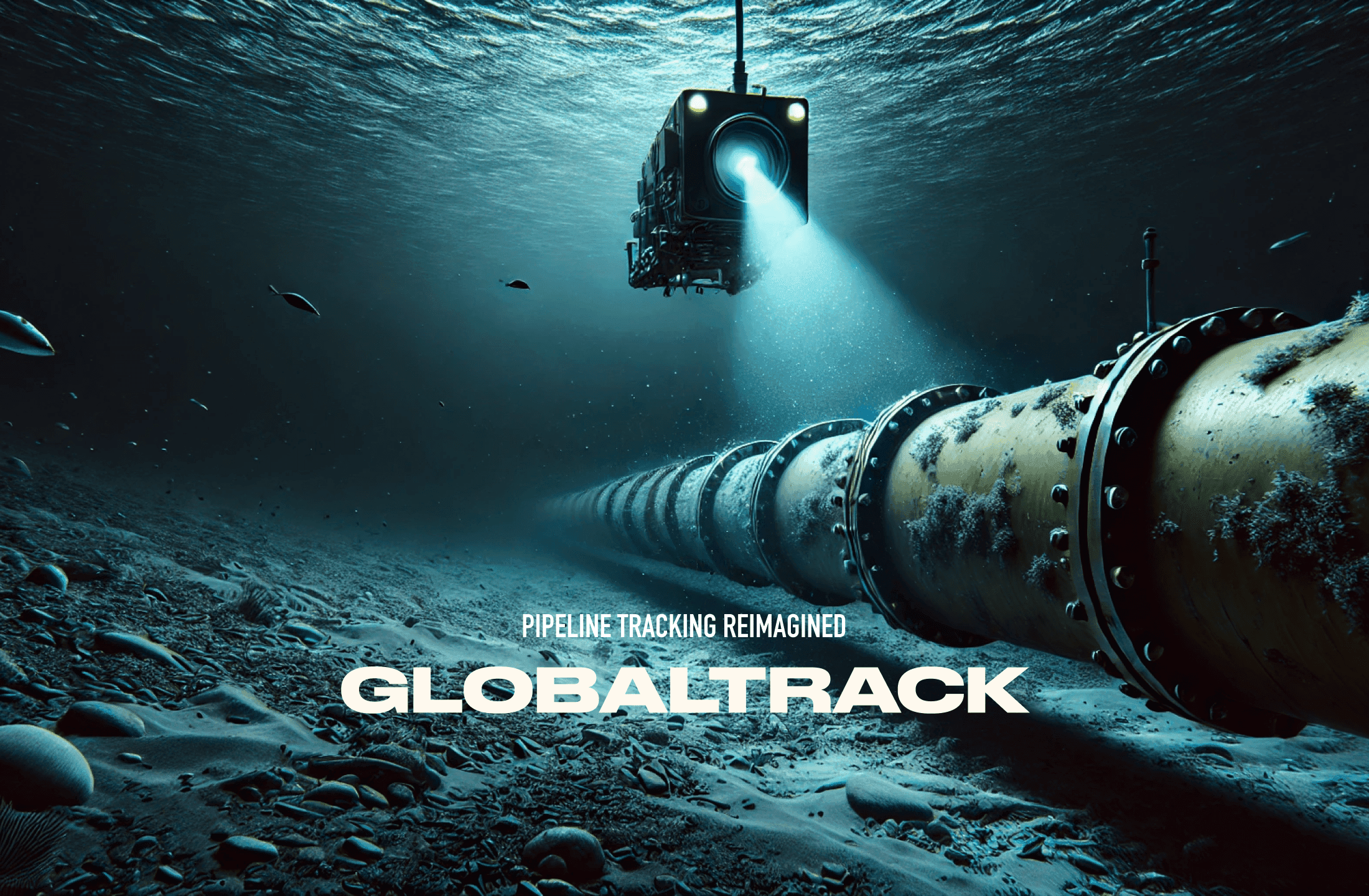GLOBALTRACK
MY ROLE
Product Designer
TIMELINE
Nov 2020 – Feb 2021 (2 months)
TEAM
Product Manager, Software Engineer,
Head of Product
Industry Context
Pipeline inspection gauges (PIGs) are critical tools in the oil and gas industry, used to clean, inspect, and maintain pipelines without interrupting flow. However, tracking these devices as they travel through miles of pipeline presented significant challenges:
Fragmented Systems: Pipeline tracking was previously managed through disconnected spreadsheets, paper logs, and manual processes
Data Inconsistency: Information was often duplicated, outdated, or incomplete across different tracking methods
Limited Visibility: Real-time location tracking was imprecise, leading to operational inefficiencies
Compliance Risks: Inadequate documentation created potential regulatory compliance issues
User Needs
Through extensive field research and stakeholder interviews, we identified several critical user needs:
- Field Operators needed: Reliable tracking that works in remote locations with limited connectivity
- Survey Teams needed: Precise GPS coordinate recording with minimal manual input
- Project Managers needed: Comprehensive overview of all pipeline projects and their status
- Compliance Officers needed: Standardized reporting that meets regulatory requirements
Ideation & Exploration
I partnered with the Product Owner to translate business requirements into user-centered design solutions:
Collaborative Workshops:: Ran 3 ideation sessions with cross-functional teams to generate solution concepts
User Flow Mapping: Created comprehensive user flows for key scenarios, identifying potential pain points
Feature Prioritization: Used the MoSCoW method (Must have, Should have, Could have, Won't have) to prioritize features based on user needs and technical feasibility
Design Decisions & Trade-offs
- Offline Functionality: Prioritized robust offline mode over feature richness to ensure reliability in remote locations.
- Simplified UI: Chose simpler UI solutions over complex interactions to optimize for field conditions and low training requirements.
- Data Synchronization: Designed a system that would store and sync data when connectivity was restored, ensuring no data loss.
I designed a detailed view for Above-Ground Marker (AGM) passage data, showing critical technical information.
All field activity data is compiled into client deliverables showing completed work. I designed a flexible reporting system that allows users to create and customize reports for different stakeholders.
Key Takeaways
✅
Early collaboration with engineering ensured smoother handoff and fewer implementation surprises.
✅
Choosing simpler UI solutions over complex interactions saved significant design and development time without compromising usability.
✅
Starting with a clear list of business needs helped focus ideation but required extra effort to balance with user-centered design.
✅
Field users prioritize reliability and simplicity—every design decision had to support confident use under pressure.
Personal Growth
✅
Designing for environments with technical constraints.
✅
Creating systems that work seamlessly online and offline.
✅
Balancing business requirements with user needs.
✅
Collaborating effectively with cross-functional teams.
What else I would do
Machine Learning: Exploring AI-powered
anomaly detection.
Integration Ecosystem: Developing APIs for third-party system integration.
Mobile Optimization: Enhancing the mobile experience for field teams.
Advanced Analytics: Implementing predictive maintenance capabilities.












